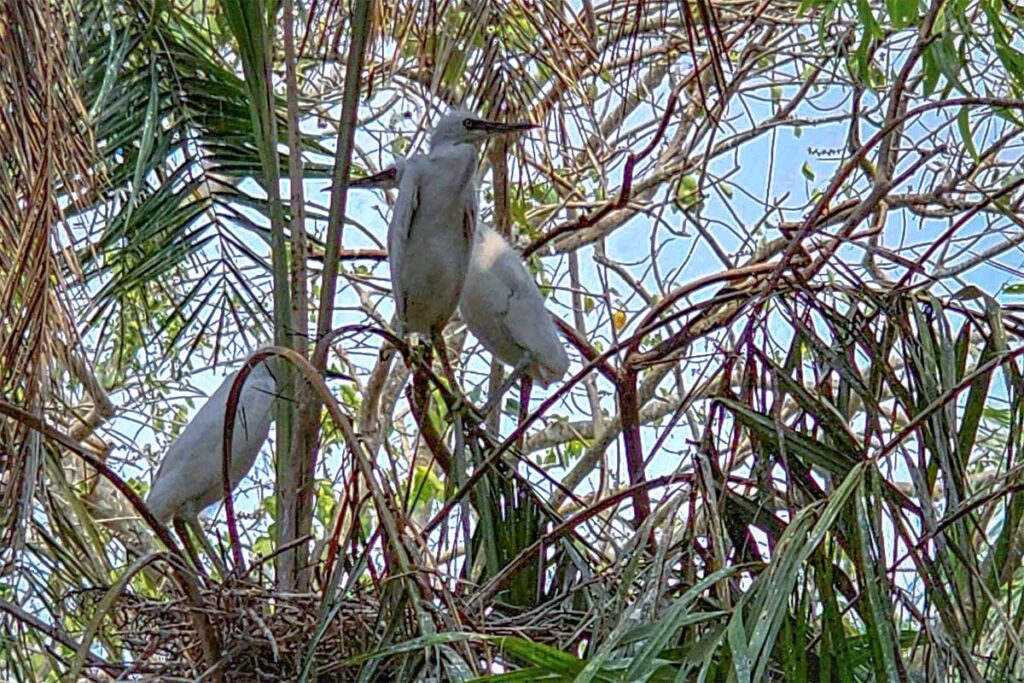What is Bac Lieu Bird Sanctuary?
Location & Background
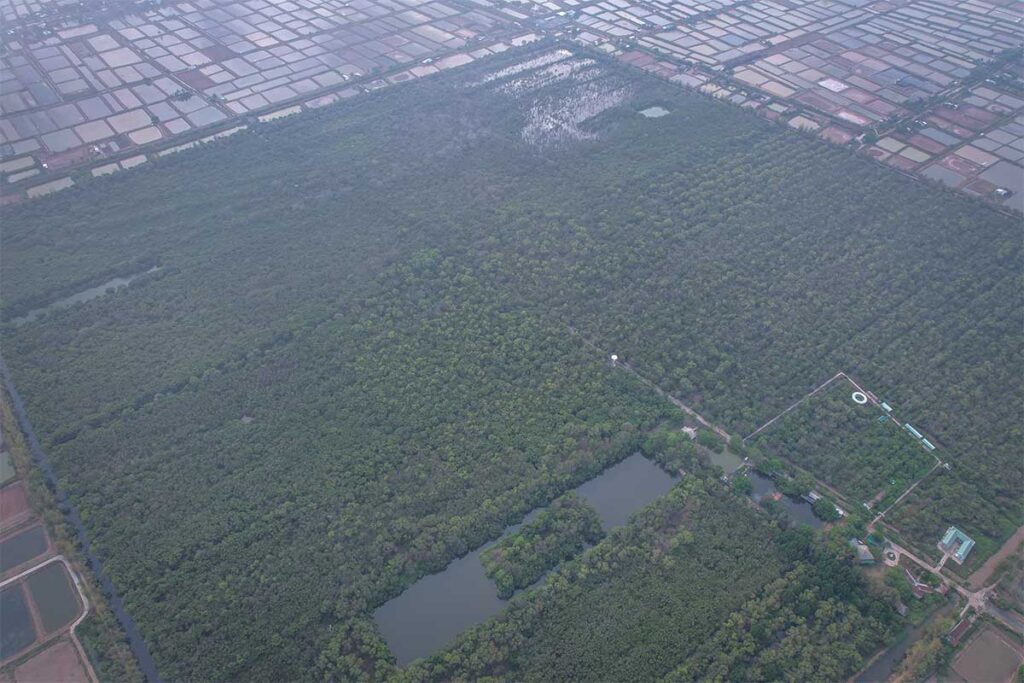
Bac Lieu Bird Sanctuary is located in Nha Mat Ward, about 5 km from the center of Bac Lieu City in southern Vietnam. The sanctuary was officially established in 1986 and later recognized in 2014 as a species–habitat conservation area by the Vietnamese government. Historically, it was part of a vast coastal mangrove forest that stretched along the East Sea, but over time natural accretion and human activity pushed the shoreline further away, leaving this patch as a remnant of what once existed.
Nature & Wildlife
The sanctuary covers around 130 hectares and is home to an estimated 40,000–60,000 individual birds across roughly 100 species. Among these are several types of storks, herons, and cormorants, as well as rarer species such as pelicans and birds listed in Vietnam’s Red Book of endangered wildlife. While birds are the main attraction, the ecosystem also supports reptiles like pythons and cobras, a range of fish and amphibians in its wetlands, and even small mammals.
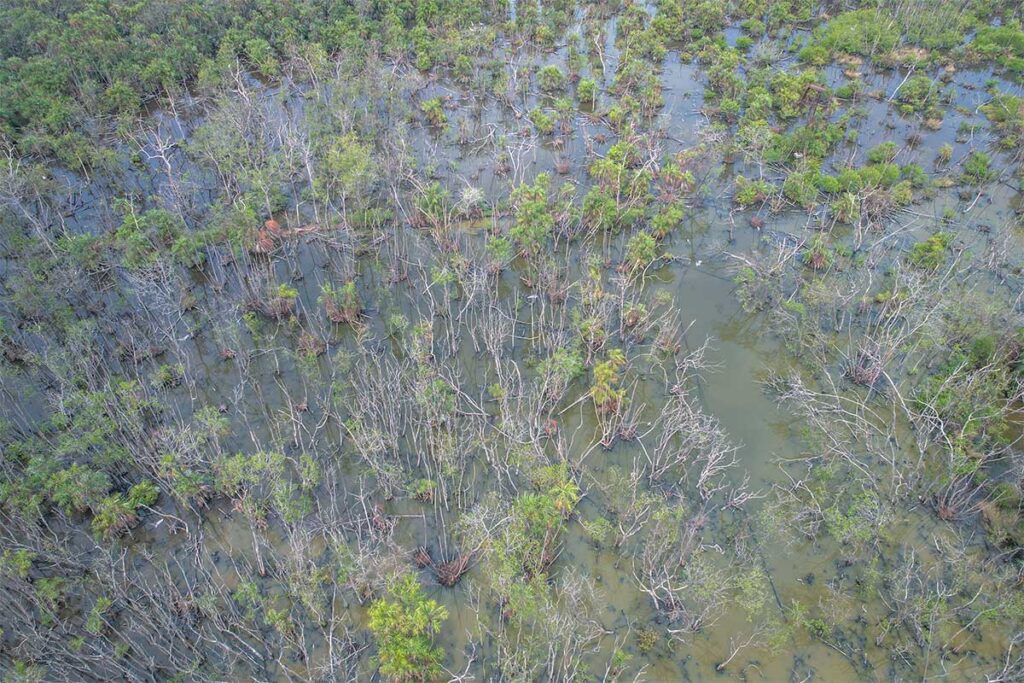
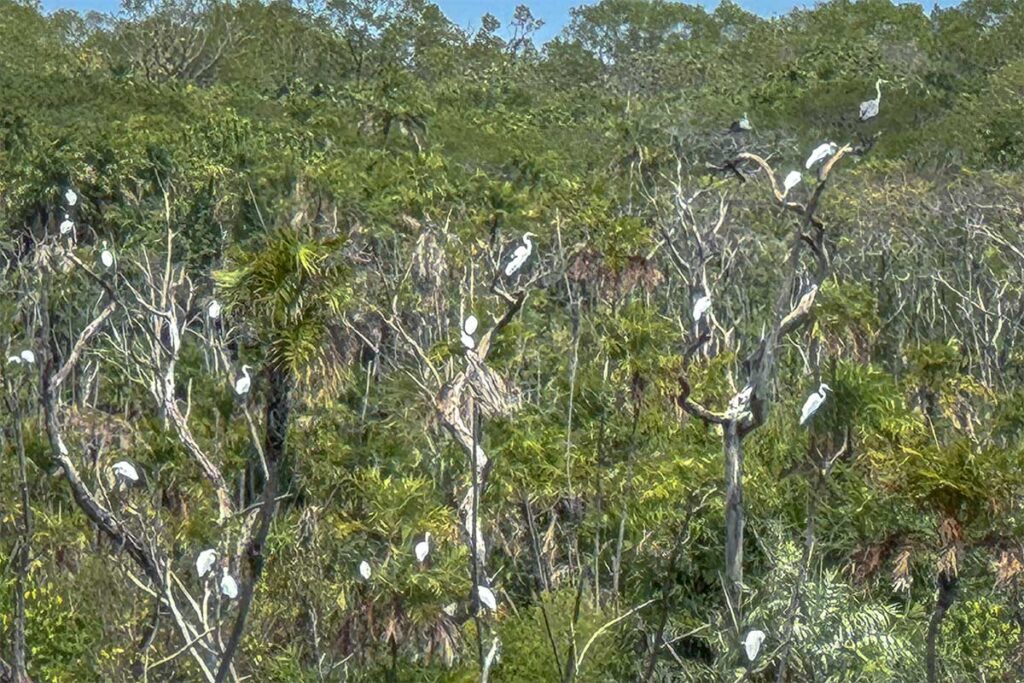
The landscape is dominated by mangrove species, bamboo groves, and a large population of date palms, which provide important nesting sites for storks and herons. The dense vegetation creates a layered habitat where different species occupy different levels of the forest, from treetop nesting storks to owls sheltering in lower branches. This mix of wildlife and vegetation gives the sanctuary its ecological value, though for visitors the main draw remains the seasonal flocks of birds.
Best time to visit Bac Lieu Bird Sanctuary
Choosing the right moment to visit makes all the difference here. Many travelers have left disappointed after finding only a few birds or quiet forests, while others rave about seeing thousands of storks returning to roost. The contrast usually comes down to timing — both the season and the time of day — which decides whether your visit feels special or underwhelming.
Best months
The sanctuary is most rewarding during the rainy season (May to October), when migratory birds return to breed. At this time the forest comes alive with nests, chicks, and the constant calls of birds. Activity peaks in August and September, when bird numbers are at their highest and nearly every tree seems to host a nest.
Best time of day
Even within the right season, your visit depends on the time of day. The best moments are early morning (around 6 AM), when flocks head out to feed in the rice fields, and late afternoon (around 5:30–6 PM), when they return to roost in dramatic patterns across the sky. In the middle of the day, most birds are away and the sanctuary can feel almost empty.
Outside peak season
From November to April the sanctuary is far quieter. A few resident storks and herons stay year-round, but the large flocks are absent and the atmosphere is less lively. The forest remains green, and it can still be a pleasant walk, but if birdwatching is your main goal, the dry season is when most visitors leave underwhelmed.
Highlights of visiting the Bird Sanctuary
The sanctuary isn’t a place with endless activities — most visits focus on observing the birds and the forest. Still, there are a few features inside that shape the experience, and knowing what to expect helps avoid disappointment.
1. Observation towers
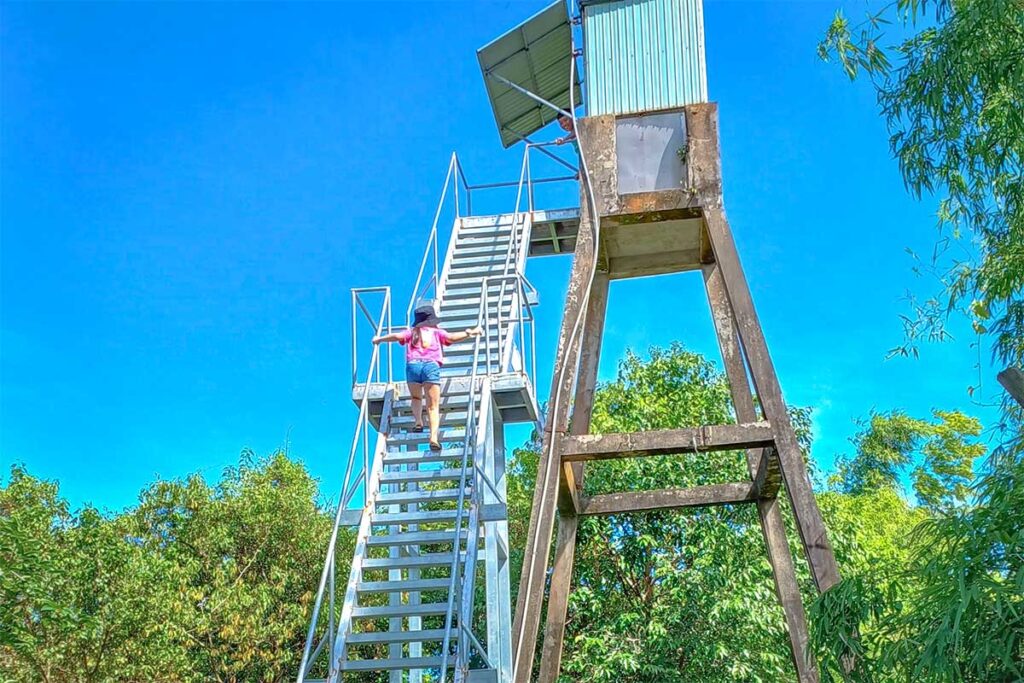
The main highlight for most visitors is the multi-level viewing platforms scattered inside the reserve. From the top, you get sweeping views of the forest canopy and can spot flocks of storks, herons, and cormorants. Binoculars or a zoom lens make a big difference, since many birds nest high in the trees and can otherwise appear as white dots in the distance. The towers are especially rewarding at sunrise or sunset, when bird movement is most dramatic.
2. Electric car
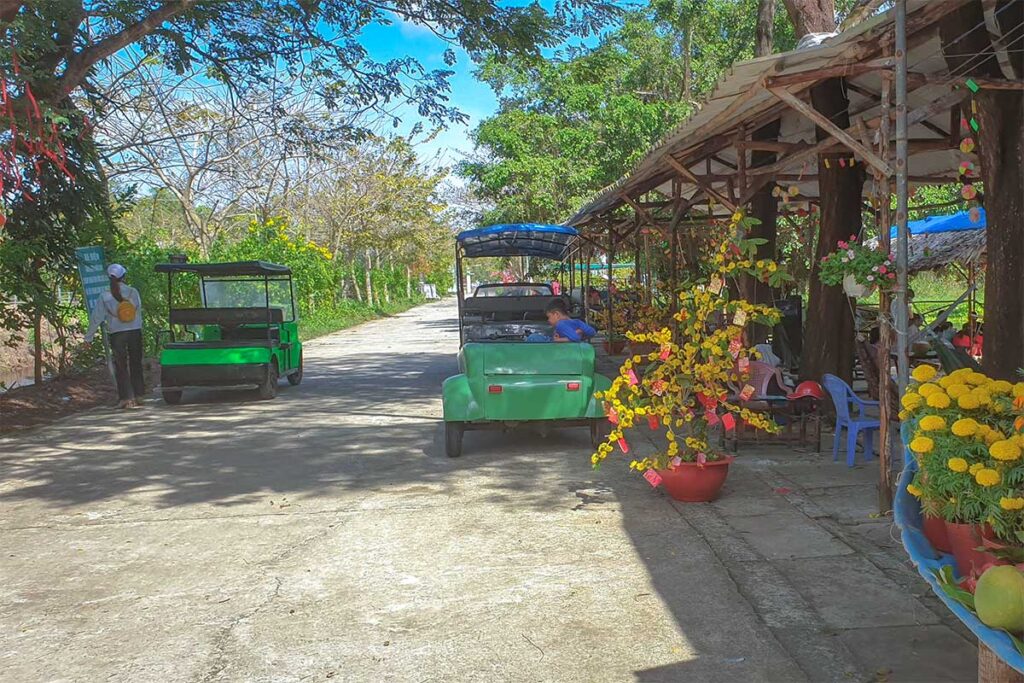
The sanctuary offers a 30–40 minute ride on electric-style cars (many are now converted to run on fuel). These circle the perimeter and stop at some viewing points. On the plus side, it covers ground quickly and gives access to areas not open to walking. On the downside, the ride is often noisy, relatively expensive (around 250,000 VND per trip), and can scare off the very birds you came to see. Whether it’s worth it depends on your expectations — convenient for a quick overview, less appealing if you want a quiet birdwatching experience.
3. Birdwatching & Photography
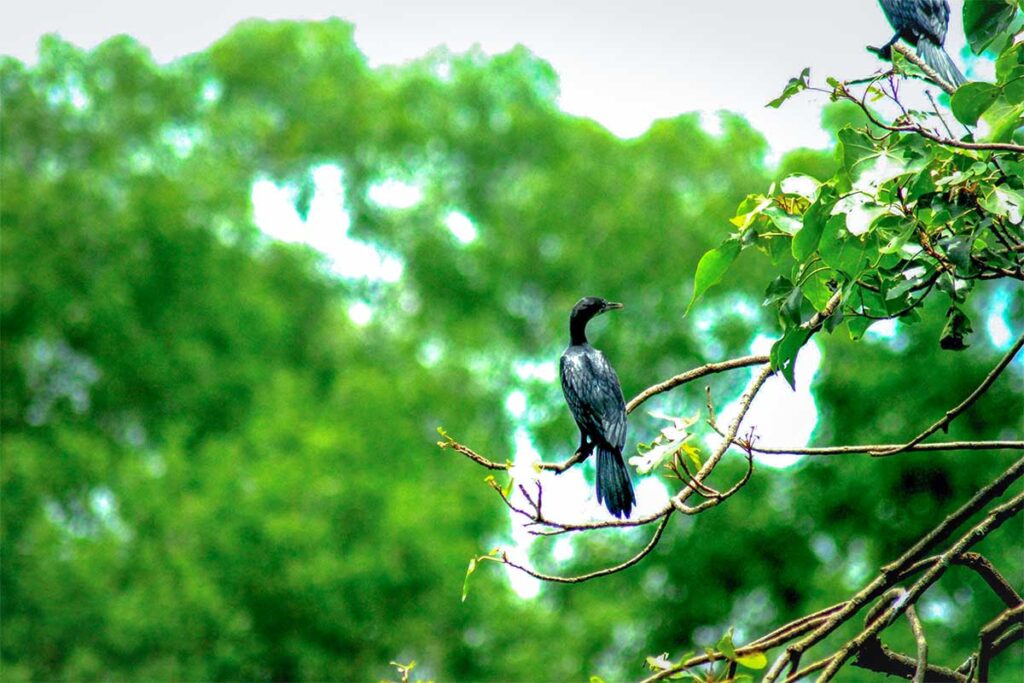
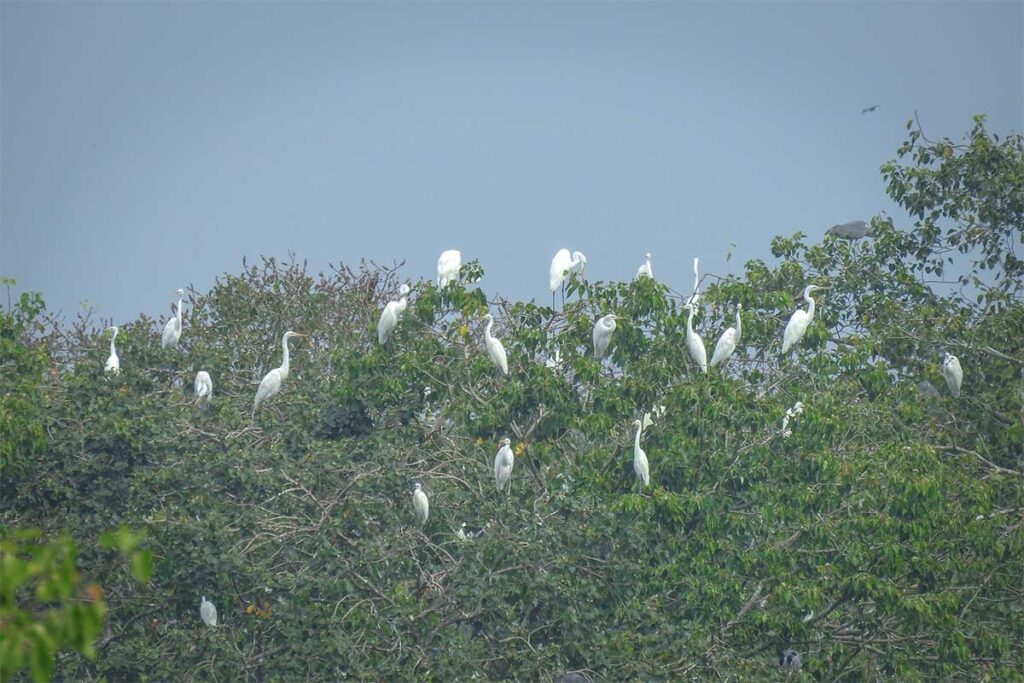
For keen birdwatchers and photographers, the sanctuary is best in the early morning or late afternoon when flocks move together. This is when you can capture the classic images of storks flying back to roost or leaving for the rice fields. A telephoto lens or binoculars is highly recommended; without it, most shots will feel distant. If your main goal is photography, planning around the peak season (May–October) is essential.
4. Nature Trails & Canal Views
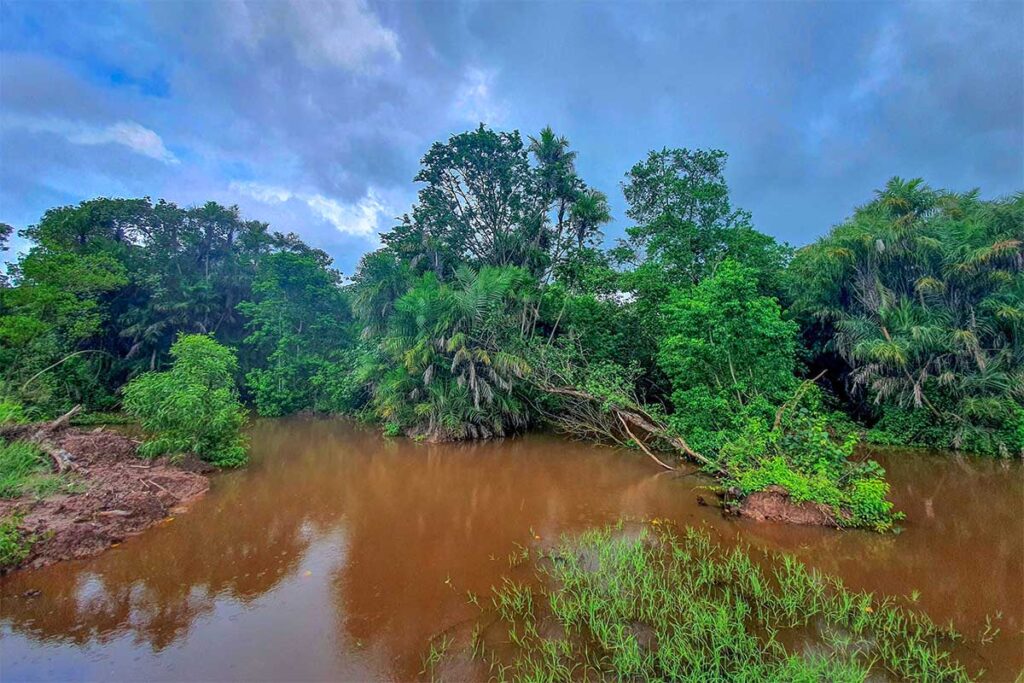
Walking inside the sanctuary is somewhat limited, but there are short trails and bridges under the canopy where you can experience the forest atmosphere up close. Canals cut through the reserve, and at times small rowboats are used to explore sections — though these are not always available to visitors. The trails are a pleasant way to stretch your legs, but don’t expect long treks or deep immersion into the core forest.
5. Other attractions tinside
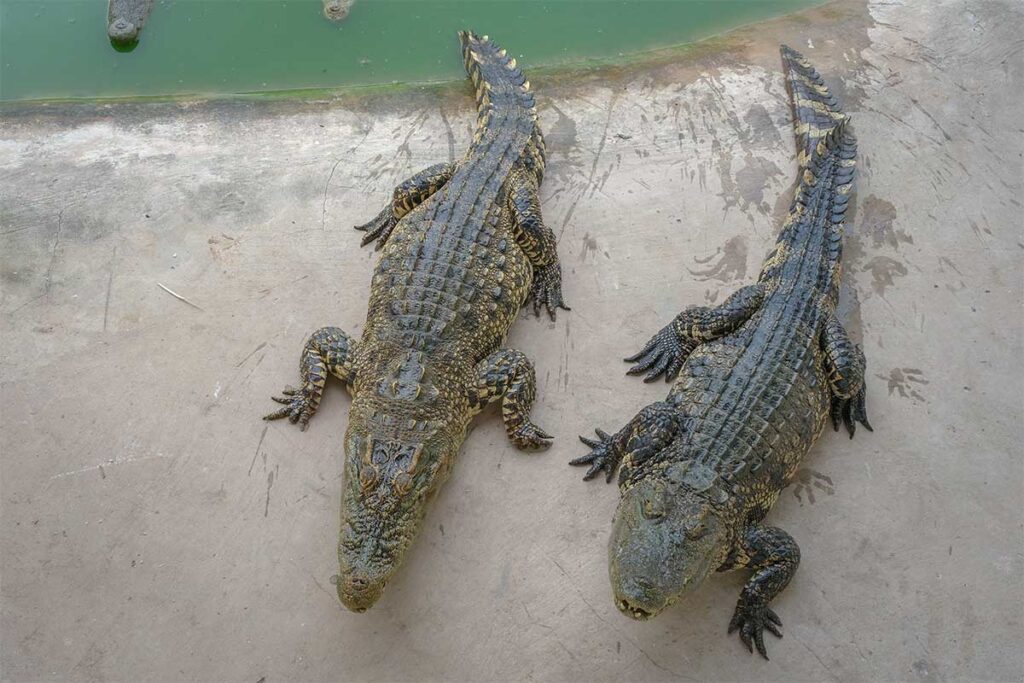
Besides the natural bird habitat, there are some zoo-like enclosures with crocodiles, and turtles. These tend to leave a mixed impression: some visitors find them interesting, while others question the conditions and purpose of keeping animals in cages in a sanctuary setting.
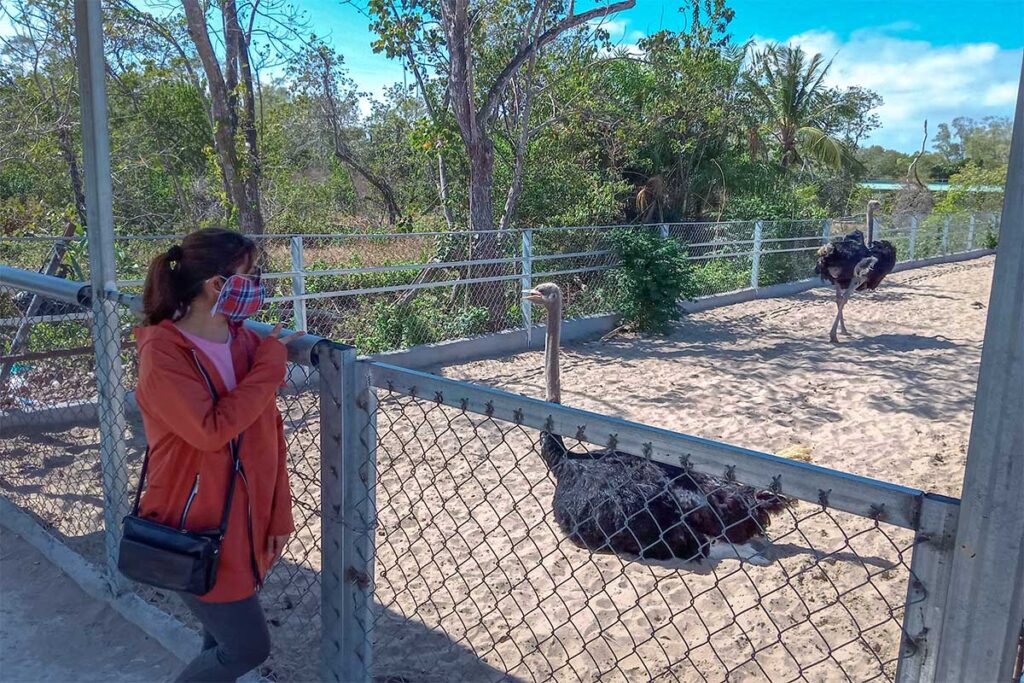
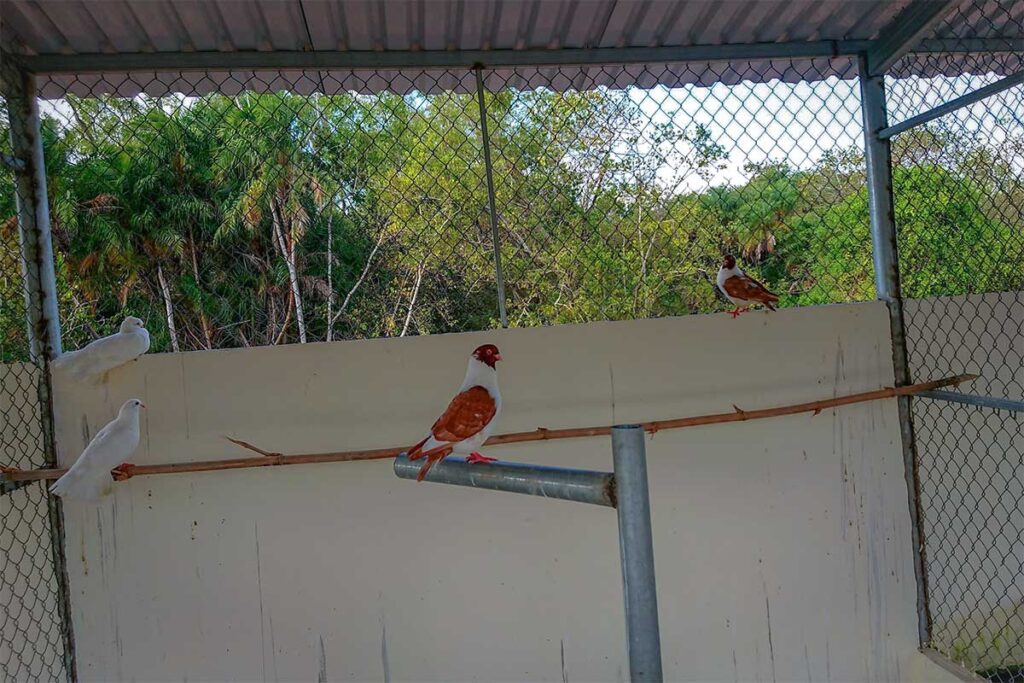
There are also small fishing ponds and folk-style games, clearly designed more for local families than for international travelers. For most foreign visitors, these areas are a minor side note rather than the reason to come.
Practical visiting information
Opening Hours & Entrance Fee
The sanctuary is generally open from dawn to dusk, which matches the best times to see bird activity. Entrance is inexpensive at around 20,000 VND per person. If you want to take the electric car around the reserve, expect to pay 250,000 VND per trip, regardless of how many passengers you have. For solo or small groups this feels overpriced, and the experience is not always worth the cost.
Location & How to Get There
Bac Lieu Bird Sanctuary is located about 5 km from Bac Lieu City, in Nha Mat Ward. From the city, it’s a short ride by taxi, motorbike, or private car. Very few organized tours include it, so most travelers visit independently. If you’re not comfortable arranging transport yourself, hiring a driver in Bac Lieu is the easiest option.
Facilities
Facilities are quite basic. There’s parking space, a small café/snack shop, and hammocks for resting. Some areas may feel under-maintained, and signage is limited. English is rarely spoken, so if you want a more informative visit, it’s worth arranging a local guide through a travel agency or your hotel.
What to bring
- Binoculars or a camera with a zoom lens – essential if you want good views or photos.
- Sun protection – hat, sunscreen, and water, especially if walking in the afternoon heat.
- Mosquito repellent, particularly during the rainy season.
- A raincoat or poncho if visiting between May and October.
Nearby attractions
The sanctuary is best combined with other sights in Bac Lieu, as it rarely fills a full day by itself. Interesting stops nearby include:
- Cong Tu Bac Lieu House (6 km) – the famous “Prince’s House” with colonial architecture and anecdotes from the 1930s.
- Xiem Can Pagoda (11 km) – one of the largest Khmer temples in the Mekong Delta.
- Ghositaram Pagoda (11 km) – striking Khmer architecture and colorful details.
- Bac Lieu Salt Fields (37 km) – photogenic landscapes, especially at sunrise.
- Tac Say Church (43 km) – Catholic pilgrimage site associated with Father Diep.
For more tips and what to see, how to get around and where to stay, read our full Bac travel guide.
Is Bac Lieu Bird Sanctuary worth visiting?
Bac Lieu Bird Sanctuary can be rewarding, but it very much depends on when you visit and what you expect. At the right time of year — especially in the rainy season — watching flocks of storks and herons leave or return to their nests is a memorable experience, and it offers a glimpse of Mekong Delta wildlife that isn’t easy to find elsewhere.
On the other hand, the sanctuary’s facilities feel neglected: the paths are limited, the electric car is noisy and overpriced, and the small zoo-like area doesn’t add much value. Outside the peak bird season, the site can feel quiet and underwhelming, which explains why some travelers leave disappointed.
Overall, it’s worth visiting if you are already in Bac Lieu or passing through nearby provinces, and particularly if you enjoy birdwatching or photography. But it’s not a destination to plan a long detour from Ho Chi Minh City just for this site alone. If your Mekong Delta trip is focused on nature, reserves like Tram Chim National Park, U Minh Ha Forest, or Tra Su Cajuput Forest are often more rewarding.
